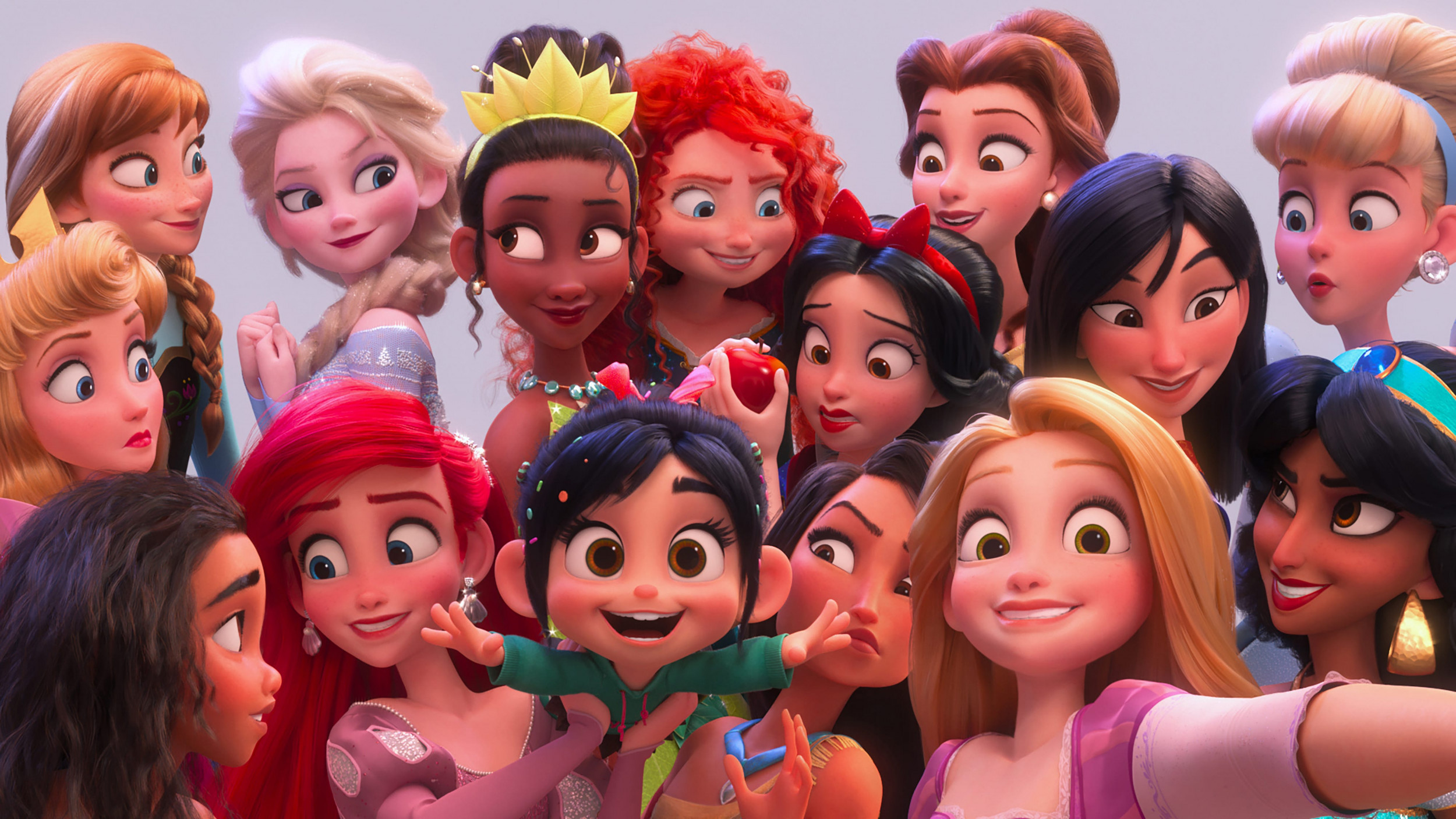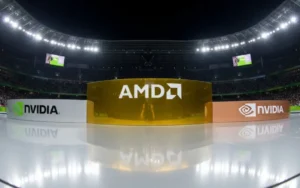
This year Disney Store is celebrating Disney Princess, and Katie Roberts was lucky enough to meet one of the firm’s longest-serving animators to find out how design and licensed toy lines are changing?
Glen Keane is like royalty in Disney terms. During a 38-year career, he has created Ariel in The Little Mermaid, Aladdin, Pocahontas, the Beast from Beauty and the Beast and Tarzan, among others.
Most recently, Keane was animation supervisor on Tangled, and the Rapunzel doll was the first he worked on in the recent Animator Doll Collection, which re-imagines Disney Princesses as toddlers.
Tell us about new the Animator Dolls.
What’s nice about Disney is there’s always a desire for higher quality if you can get it.
It’s like if you’re going to record music, the closer you get to the original, the better. Well in this case, that’s exactly what we did. This [Rapunzel doll] is the first and when I was designing Rapunzel for the film, I was holding my new granddaughter, so the character was based on her.
So I then worked with the modeller and sculptor and as soon as you sculpt it digitally, you’ve got the basis for an enormous amount of product. So we’d made this doll and when the film came out, this doll was being sold and was so hugely popular, we decided to go back and re-do the whole line.
So we now have a line of ten Disney Princess dolls and they have this really wonderful, cute appearance. Their tummy comes out, which is my favourite thing about my chubby little granddaughter. And the cheeks… I mean, my granddaughter’s name is Matisse, but I call her Ma-cheeks, so I got that in there too.
What do you think makes the Disney Princesses such a long-lasting brand?
My view is that fairy tales lived on long before we ever got into doing them as films, so why did they live on for hundreds of years?
There’s something deep underneath the surface; it’s like a river of truth and you connect with them. The thing I found in animating Ariel or the Beast is they believe the impossible is possible. I really connect with that, so I animate characters from the inside out. And I think people connect with that kind of hope, maybe even more today.
Have the characters you have designed changed during your time at Disney?
Ariel was the beginning of a new generation now known as ‘the second golden age of animation’.
I remember at The Little Mermaid premiere in Westwood. Frank Thomas and Ollie Johnston were my mentors, so afterwards, I said: “What did you think?” And they said: “Well, we wouldn’t have done it that way. Glen, there were a lot of ugly drawings in there. When we were doing Snow White or Cinderella, every drawing had to be pretty.”
And I said: “Yeah, that was intentional. Whenever I had a choice of doing something real, or something pretty, I always chose real.” In order to get the right expression, sometimes you had to scrunch up Ariel’s face and get a sour look. And so this new generation was treating the Princesses not with kid gloves, but like their sister, like their wives.
Do you think that’s what will keep them going for another generation?
I think it’s really important that we have a new generation of artists that will make those same kind of choices that we made back then.
Like now, I’m one of the older guys at Disney and I try to encourage them to not do the same thing I did, but instead take something from your own life and put it into your work. Make it real, make it personal. You’ve got to keep making the characters fresh, not derivative.
Do you think the new dolls are the future of the licensed toys?
Will future toys be closer to characters in the films?
Yes I do. You have that digital information now and you can reduce that to any size. You still need sculptors to work with and create attitudes, but I think we can get a lot closer to the authenticity of design in the original.


